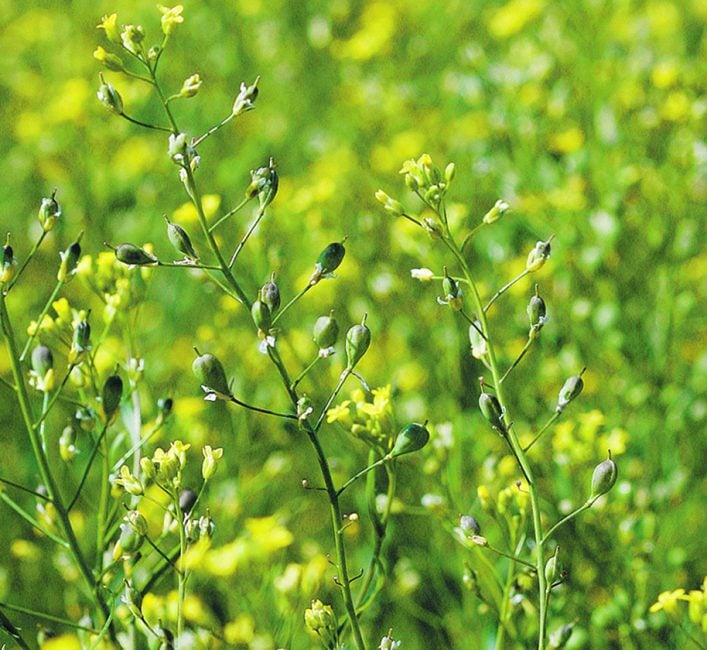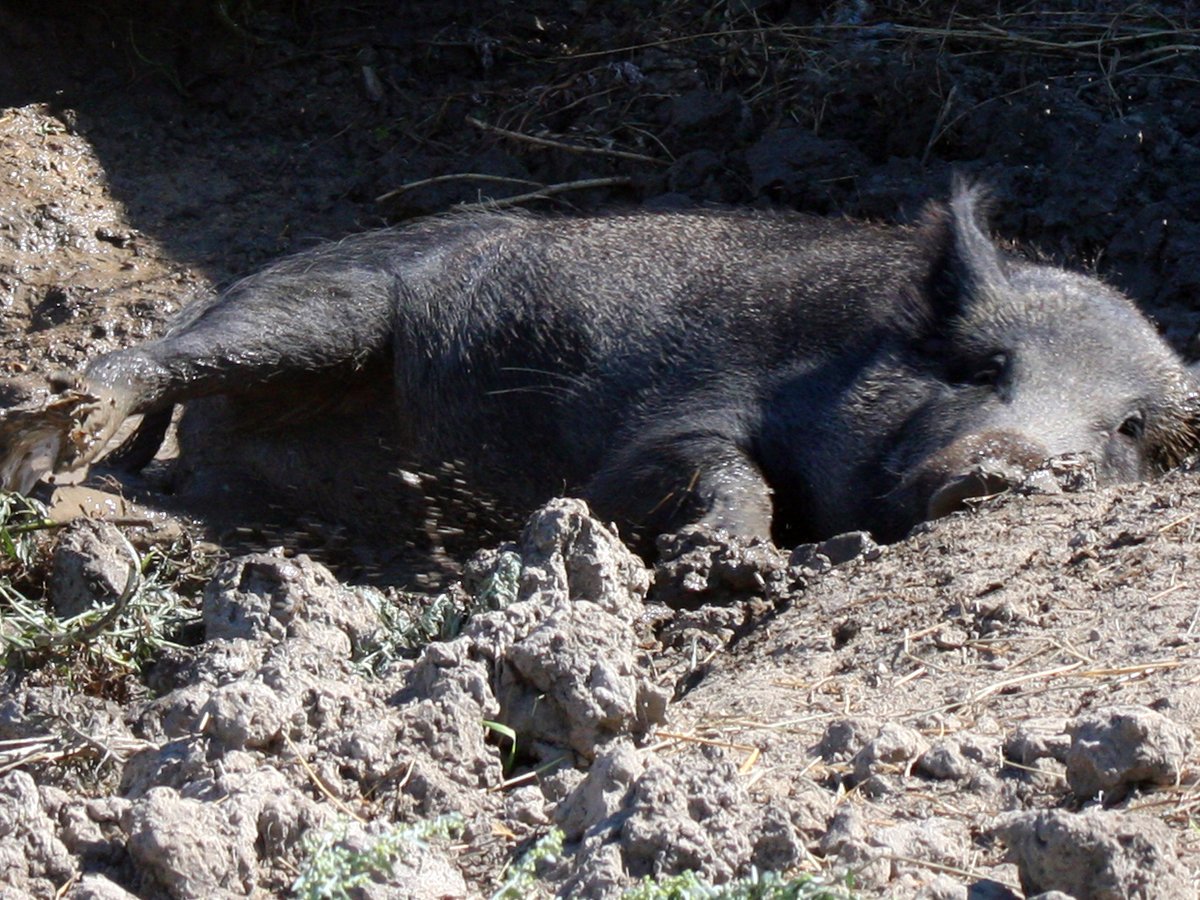Camelina genetics up for an upgrade

Glacier FarmMedia – Winter camelina could become more common in Canadian crop rotations in the next few years if researchers at Agriculture Canada have anything to say about it.
The federal researchers are working to develop new varieties for the oilseed and have seen promising sucess.
Christina Eynck, the department’s research scientist for camelina, carinata and fenugreek, has been leading the camelina file in the second Diverse Field Crops Cluster (DFCC), an agri-research initiative kicked off in 2023-24. She shared the progress of the three research objectives — winter camelina development, spring camelina advances and pre-breeding work for the crop’s genetic diversity — during the DFCC research day in Saskatoon last month.
Read Also


Wild boar called major disease risk in Alberta
The fight continues against the invasive spread of wild boar in Alberta and its inherent disease risk and damage to the agriculture sector.
A winter oilseed crop such as winter camelina could fit for farmers looking for a non-cereal option to keep roots growing into the fall, suppress weeds and take advantage of earlier spring moisture.
However, the genetic pool for winter camelina is small, Eynck said. Her team has had to look outside of existing winter varieties for the genetics to potentially improve their lines.
The result has been what Eynck calls the first true winter camelina variety, dubbed Noelle in a nod to the existing variety, Joelle, which the team used as a control.
Their work started by comparing multiple camelina varieties considered suitable for winter, semi-winter or spring production, trialling them with different seeding dates. Trials were conducted at three sites in central and southern Saskatchewan: Indian Head, Saskatoon and Redvers.
They ran into challenges on some of those fields. Yields at the Indian Head site averaged only 1,500 kilograms per hectare. Despite that, Eynck said, the team was able to glean insights when it came to seeding dates.
“What was surprising in this trial is the very good performance of all varieties at the mid-October seeding date,” she said, noting that fall emergence tied to that late seeding date was minimal.
“This can actually be considered a dormant seeding scenario,” she said.
“So, that’s a rather interesting result.”
The team found success in lines created from winter-spring crosses, bringing in positive traits not seen in previous genetics. Of the nine successful lines that were field tested, researchers reported a 32 per cent yield advantage over the Joelle-planted control.
Yields came in at “almost 3,900 kg per hectare, which is really incredible,” Eynck said.
“Especially compared to our spring camelina that was seeded in 2024, with an average of about 2,000 kg per hectare.”
Their second-best yielder also boasted more sizable seeds, coming in at 1.6 grams per 1,000 seeds, while the control returned an average 1.1 grams per 1,000 seeds.
For spring camelina, the researchers have been working with Bayer Crop Science. They recently presented the company with two advanced breeding lines that have shown strong agronomic traits and improved downy mildew resistance.
Eynck plans to futher increase the genotypes in their nursery and continue evaluating performances this year.
In a previous project, the team mapped multi-parent derived camelina populations, noting a greater than expected phenotypic diversity. Building off of this, they’re utilizing eight “founder lines” for breeding.
“Those are intercrossed in themselves, and we are well on our way to have a population of 1,000 recombinant embryo lines in the field in 2026 and 2027,” she said.
“They are quite interesting because they are all unique mosaics of the genetics of the eight founder lines.”
To further increase diversity, Eynck is looking to the wild side. Forty wild camelina accessions (seeds from a select cultivar) were first tested in the greenhouse and hit the field last year. The team will now be working on identifying traits that could be of use in developing camelina crops.
“We know that wild relatives often harbour resistance genes for diseases,” Eynck said.
The implications for clubroot are especially on the radar. Of the 40 accessions tested, the team has found three with clubroot resistance.
Taking advantage of that natural resistance, however, comes with hurdles.
The wild source plant of that resistance has a different chromosome number than the tame crop camelina sativa, meaning tht simple breeding between the two could cause abnormal reproductive cell production and reduce the pollen viability of the offspring.
That’s where the team expects gene editing to be useful. They will use a technique called “homologous recombination,” which causes a recombination between chromosomes of different sub-genomes.
They will then be able to cross the resulting product with the disease-resistant line. The offspring will then be evaluated for clubroot resistance.
Source: producer.com


